Traditional Turkish drinks
In Turkey, all traditional Turkish drinks come with their own history. Whether it’s the better known tipples like rakı, ayran and tea (soon to have its own dedicated post) or one of the more local, acquired tastes, each drink has its own story and specific ritual. What unites them all (other than the Turks’ passionate devotion to each) is that there’s always a right time to imbibe.
Winter traditional Turkish drinks
Boza
I think the best way to explain this traditional Turkish drink to you is to quote from my book “Istanbul Dreams: Waiting for the Tulips to Bloom”.
“Now that winter is approaching once more, the boza man will come around every night. His plaintive cry of “boza-bo” with a long drawn out emphasis on the bo, can be heard from several streets away, and sounds almost like a lament. Boza is made from fermented barley or wheat, and looks like a well-blended glass of porridge. It’s served hot and usually sprinkled with roasted chickpeas.
I’ve only tasted it once but some people swear by it, insisting it’s nutritious, filling and high in vitamin B, while others allude to its qualities as an aphrodisiac. Whatever their reasons for drinking it, all my Turkish friends say you should never buy it from a street seller. Consequently, when I first hear the boza man calling his wares at eight in the evening and again at eleven, I feel a terrible sadness. His call is truly heart-rending, and my imagination has him eking out the poorest of existences, due to everyone’s mistrust of him.”
If you want to try if for yourself, I recommend Vefa Bozacisi in Vefa of course!
Salep
Salep is a creamy drink made from the ground tubers of the orchid genus ‘Orchis’, only served in winter . Always served with a generous sprinkling of cinnamon, its milky texture reminds me of my childhood. On grey stormy days after school I’d sit by the heater sipping on a mug of less exotic but equally satisfying hot chocolate. These days, I love the arrival of the cooler weather because it means salep is once more available. For me, it’s best accompanied by pieces of Turkish delight, but that’s another story.
Summer traditional Turkish drinks
Şerbet
The first time I ever drank what I thought was şerbet (a sweet drink made from fruits or flower petals) I was in Mardin. A şerbetçi, a man who sells these drinks, was standing on the pavement surrounded by women. On his back he carried a big brass flask with a long nozzle, called an ibrik (pitcher), which held the liquid. By leaning over he was able to pour out a serve.
I ordered a cup and he took a glass from the sash around his waist and served me something that tasted so indescribably bitter I nearly spat it right back out. The local ladies told me it was good for ‘women’s troubles’. I still don’t know what it was, but when I did later on drink şerbet at Vefa Bozacisi it was everything I’d been told, sweet, refreshing and very easy to drink.
Limonata
In Turkey limonata, or lemonade, is an art form. I’m not talking about the bottled variety but the drink made from the fruit off your neighbour’s backyard tree. Despite the added sugar reducing the health benefits of the lemons, I think it’s good to drink just for how it makes you feel. Turks are well known for consuming certain drinks for health, so I always look out for juice bars, which offer the full range of flavours, from freshly squeezed lemon or orange juice, right through to avocado, carrot and pomegranate, depending on the season.
Year round flavours
Rakı
Sadly I don’t have the stomach for rakı, although it’s probably the most popular of all traditional Turkish drinks if you do drink alcohol. This anise-flavoured alcoholic beverage is made from distilling grape pomace (grape skins, pulp, seeds, and stems left over after pressing the grapes for their juice) and best drunk with friends. It only seems to take one or two glasses of rakı to set the spirit free, initially resulting in spirited dancing followed by melancholy choruses of popular songs continuing well into the small hours of the night.
Usually served with meze, small serves of food such as white cheese, melon and smoked eggplant, rakı can be drunk straight or diluted with water. When served with water the clear liquid turns a milky white, called aslan sütü, the Turkish for ‘lion’s milk. Aslan is a Turkish colloquial metaphor meaning a strong, courageous man, which seems at odds with the sight of a dozen or so Turkish men well into a night of rakı drinking, arms around each other’s shoulders, weeping gentle tears as they sing of love lost and battles won.
Şalgam suyu
Literally meaning ‘turnip water’, şalgam is made from pickled red carrots flavoured with aromatic turnips fermented in barrels. It hails from the south east of the country and is definitely an acquired taste. Nonetheless, paired with the correct food, it’s sublime. I drink it when I eat Adana kebab as the flavour of the şalgam heightens the zing of the spices.
Ayran
Loved all over the country, ayran is a very popular drink particularly in east. The blend of yoghurt and salt acts to cool the body and settle the stomach in a sometimes extremely hot and dusty landscape. The best ayran I ever drank was in Şanliurfa. We sat on low stools in a busy market place, eating fatty Urfa kebab, and enjoyed the sourness of the frothy ayran served in hand-beaten copper cups.
Turkish coffee

According to my Turkish friends, the key to a good cup of Turkish coffee is to start with cold water, not hot. Add the coffee and sugar to taste. The mixture has to be gently simmered and is ready to pour once the froth has started to roll across the surface. I am yet to master the art of making Turkish coffee, or tea for that matter, but it gives me the perfect excuse to go out for a cup. After the coffee comes fal, traditional Turkish coffee grind reading. It is best paired with friends and brunch, which you can read more about in my book “Inside Out In Istanbul: Making Sense of the City”
Whatever you choose to drink it’s sure to delight!
**************************************
Planning to come to Istanbul or Turkey? Here are my helpful tips for planning your trip.
For FLIGHTS I like to use Kiwi.com.
Don’t pay extra for an E-VISA. Here’s my post on everything to know before you take off.
However E-SIM are the way to go to stay connected with a local phone number and mobile data on the go. Airalo is easy to use and affordable.
Even if I never claim on it, I always take out TRAVEL INSURANCE. I recommend Visitors Coverage.
I’m a big advocate of public transport, but know it’s not suitable for everyone all the time. When I need to be picked up from or get to Istanbul Airport or Sabiha Gokcen Airport, I use one of these GetYourGuide website AIRPORT TRANSFERS.
ACCOMMODATION: When I want to find a place to stay I use Booking.com.
CITY TOURS & DAY TRIPS: Let me guide you around Kadikoy with my audio walking tour Stepping back through Chalcedon or venture further afield with my bespoke guidebook Istanbul 50 Unsung Places. I know you’ll love visiting the lesser-known sites I’ve included. It’s based on using public transport as much as possible so you won’t be adding too much to your carbon footprint. Then read about what you’ve seen and experienced in my three essay collections and memoir about moving to Istanbul permanently.
Browse the GetYourGuide website or Viator to find even more ways to experience Istanbul and Turkey with food tours, visits to the old city, evening Bosphorus cruises and more!
However you travel, stay safe and have fun! Iyi yolculuklar.
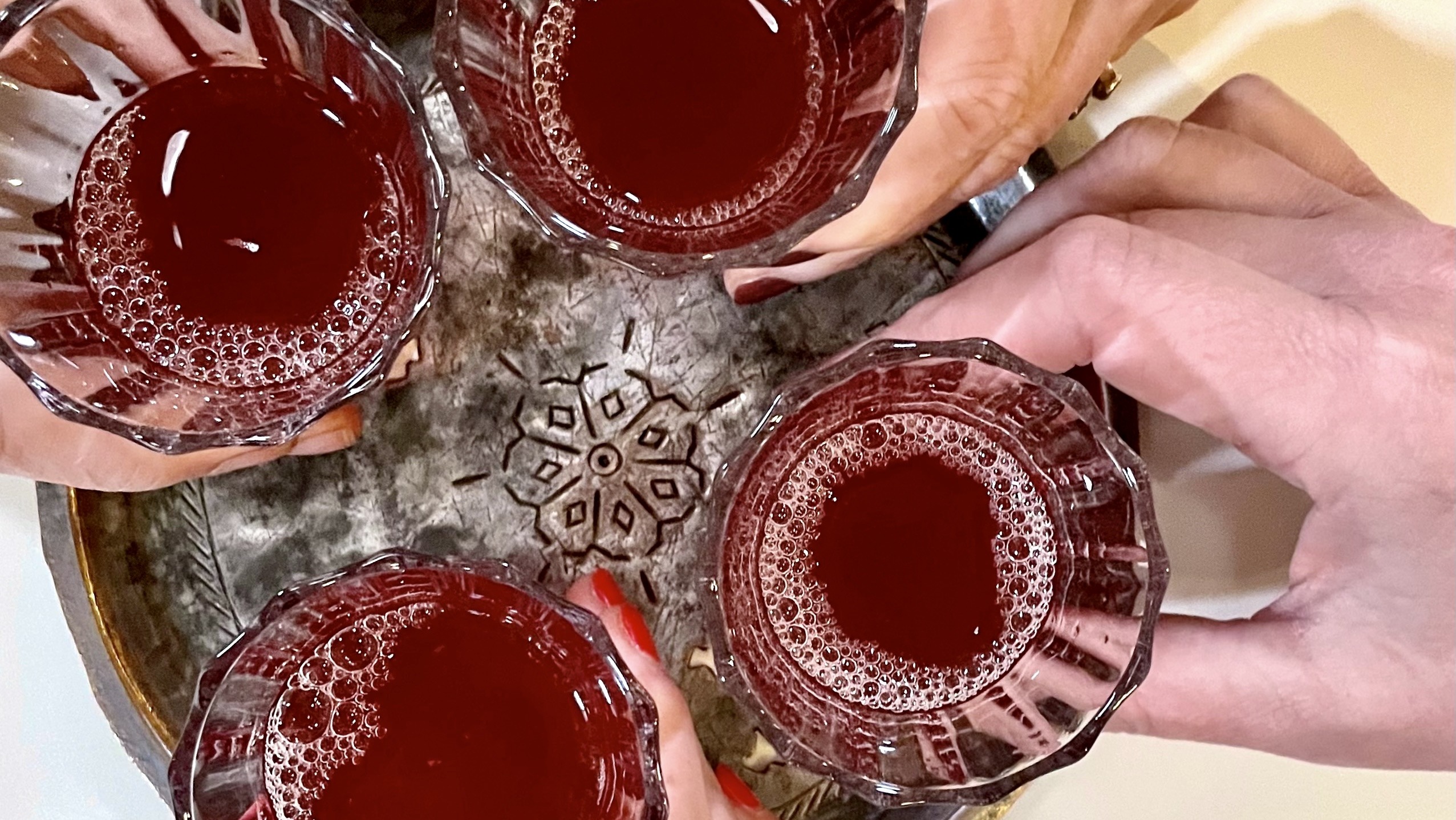



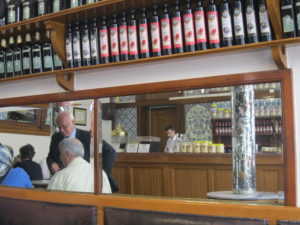

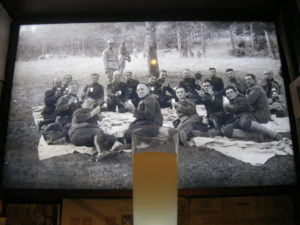




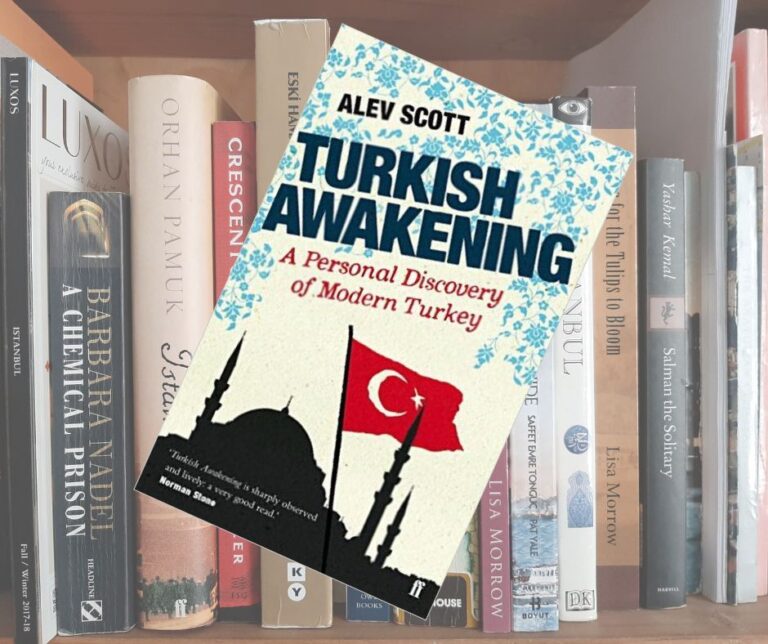



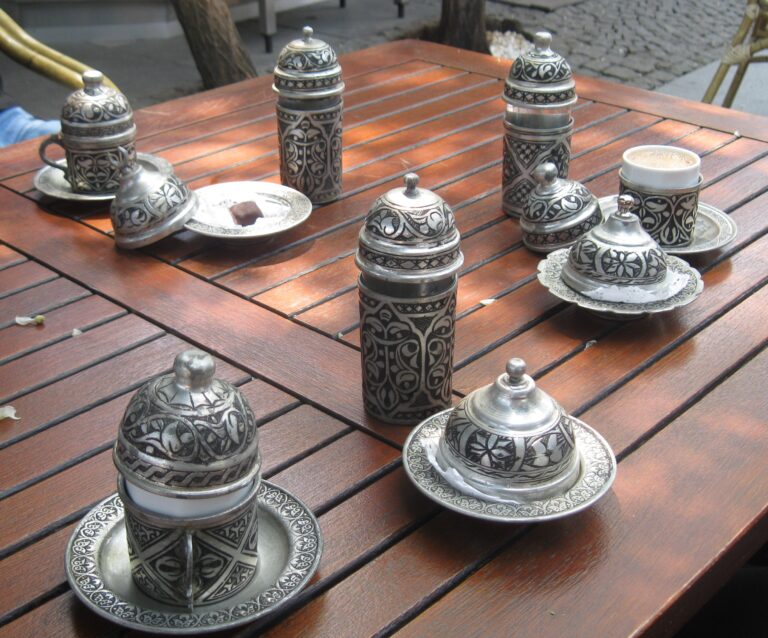
Hi Lisa
Am currently having a particular nice white that your dad introduced me to! and wondering how you are going living in turkey. Hope you are safe and well. I read your posts and think your dad would be proud of your achievements.
cheers
Kay
As a lover of custard, I too eagerly await the cool weather to drink Sahlep – it tastes very similar.